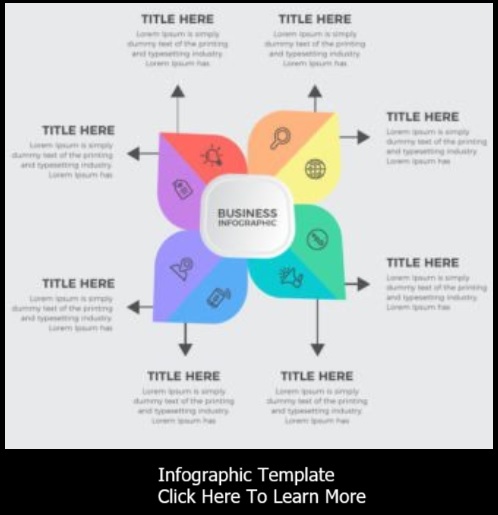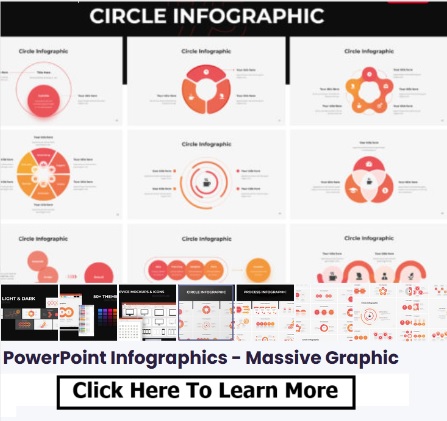Adobe Photoshop, a powerful graphic design software, can be used to create intricate and visually striking infographics. While it requires a bit more design expertise, Photoshop offers unparalleled flexibility and creativity. In this tutorial, I'll guide you through the process of crafting impressive infographics using Adobe Photoshop.
Step 1: Set Up Your Canvas
- Open Adobe Photoshop on your computer.
- Go to "File" > "New" to create a new document.
- Set the dimensions for your infographic. Choose a resolution suitable for both print and digital use.
Step 2: Plan Your Infographic
- Outline the content and structure of your infographic. Identify the main sections, data points, visuals, and text you want to include.
Step 3: Create the Background
- Choose a background color or image that complements your infographic's theme.
- Use the "Paint Bucket" tool to fill the background layer with your chosen color.
Step 4: Add Text and Headings
- Use the "Horizontal Type" tool to add text boxes for headings and subheadings.
- Customize the font, size, color, and alignment to match your infographic's design.
Step 5: Incorporate Visual Elements
- Import images, illustrations, icons, and graphics relevant to your content.
- Use the "Place" command ("File" > "Place") to insert images onto your canvas. Resize and position them as needed.
Step 6: Create Data Visualizations
- Design charts, graphs, and diagrams to visualize data. Use the "Shape" and "Pen" tools to create lines, shapes, and bars for your visualizations.
- Add labels, titles, and legends to make your data visualizations easy to understand.
Step 7: Add Icons and Illustrations
- Use the "Shape" tools to create icons, symbols, and illustrations.
- Customize the colors, sizes, and styles of these elements to match your infographic's aesthetic.
Step 8: Arrange and Align Elements
- Use the "Move" tool to arrange and align your elements. Hold down the "Shift" key to maintain proportions while resizing.
- The "Align" and "Distribute" options under the "Edit" menu help ensure that your elements are evenly spaced.
Step 9: Apply Styles and Effects
- Enhance your infographic's visuals with Photoshop's layer styles and effects.
- Experiment with drop shadows, gradients, strokes, and other effects to give depth and dimension to your elements.
Step 10: Save and Export
- Save your Photoshop file to retain the editable layers.
- When you're ready to share your infographic, go to "File" > "Export" > "Export As" to save it as a high-resolution image (JPEG or PNG).
Step 11: Share and Showcase
- Share your infographic on social media, websites, presentations, or printed materials.
- Ensure that your infographic effectively communicates your message and provides credit for any images or data used.
Creating infographics in Photoshop allows for unparalleled customization and creative control. While it requires some design expertise, the results can be visually stunning and impactful. By following this tutorial, you'll be equipped to harness the potential of Photoshop to design engaging and informative infographics that captivate your audience's attention.
- A Step-by-Step Guide to Creating an Infographic Template
- Crafting Compelling Infographics with Adobe Illustrator: A Step-by-Step Guide
- Crafting Infographics with Adobe Spark Post
- Creating Infographics Using Google Docs: A Creative Approach
- Creating Infographics with Photoshop
- Creating Informative Infographics with Google Charts
- Creating Stunning Infographics with PowerPoint: A Step-by-Step Tutorial
- Designing Infographics with Canva
- Empowering Creativity: Exploring Free Online Infographic Makers
- Transforming an Article into an Engaging Infographic: A Step-by-Step Guide




